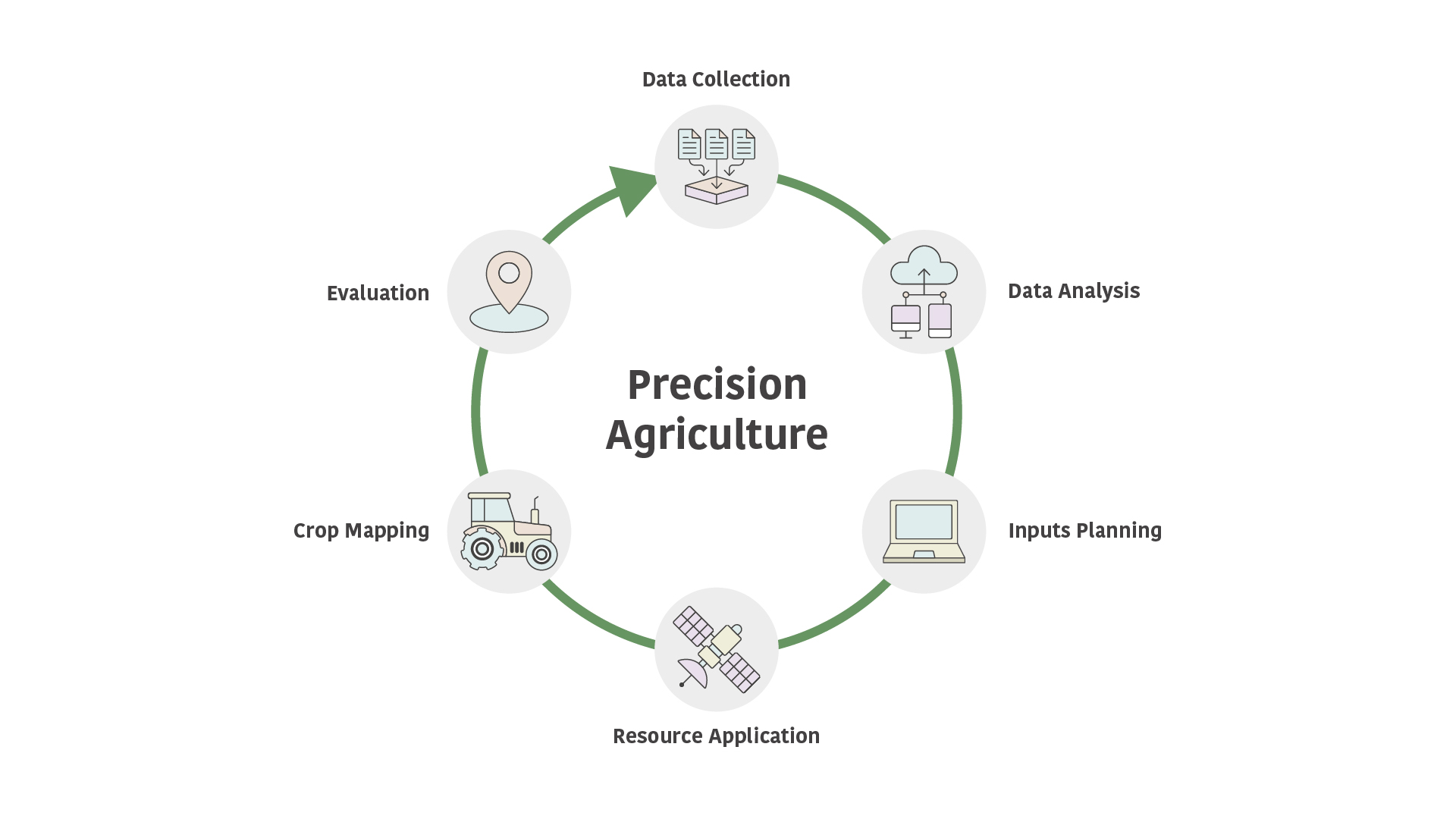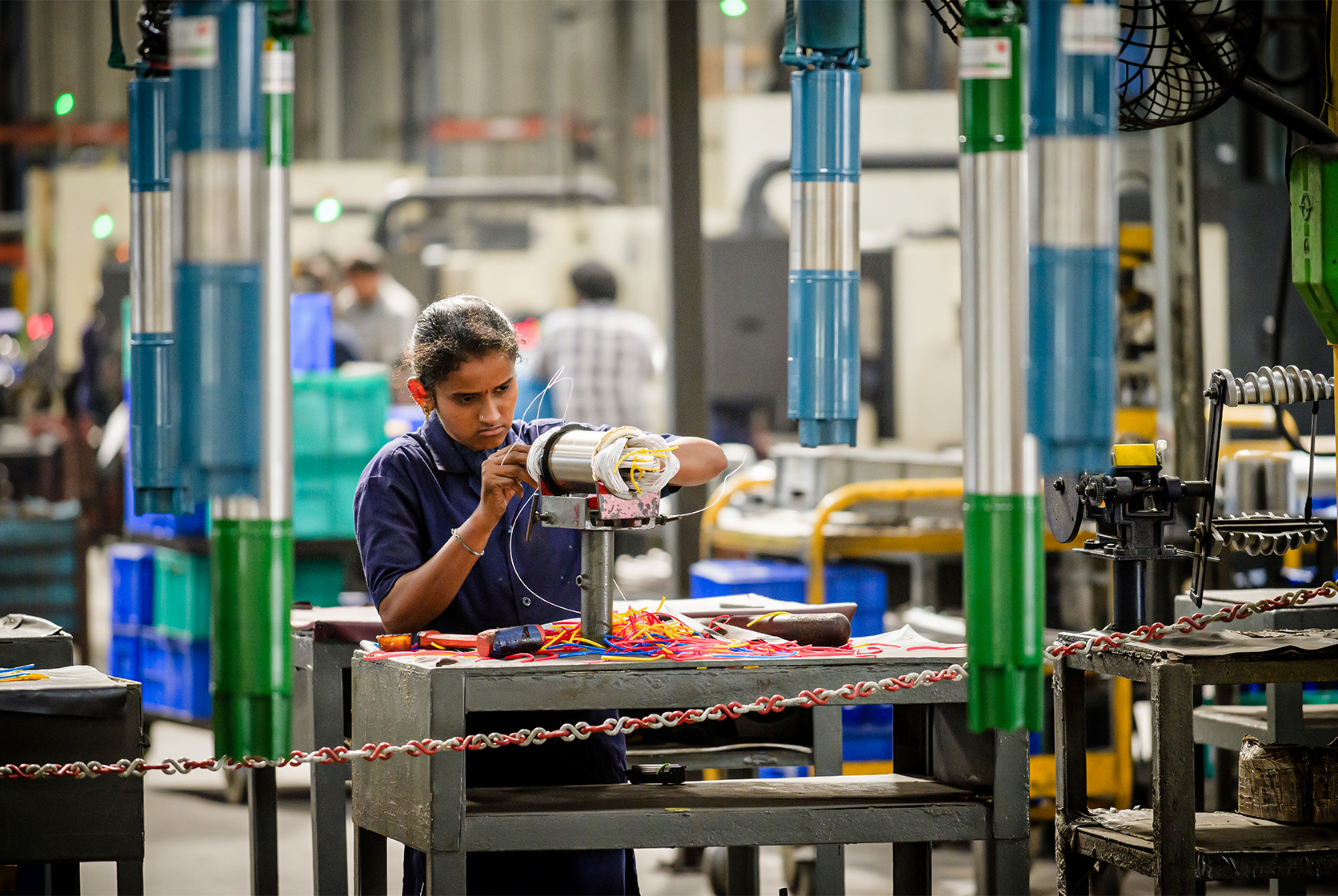Precision Farming
Agriculture land management is a complex system and even the most experienced farmers have to constantly deal with different factors when it comes to decision-making. This decision-making process has been made significantly easier with the advent of technology in farming.
Among other benefits, technology gives the farmer granular control and better information so they can act upon the inputs in a timely and productive manner. This is where precision farming comes in.
What is precision agriculture?
Known also as satellite farming, precision farming or precision agriculture (PA) is a technology based system which uses sensors, analytical tools and data-driven techniques to assist in decision-making. One can define it as an agri-management technology system.
Some of the components of PA are:
- Geolocation
- Yield monitors
- GIS or geographic information systems
- DGPS or Differential Global Positioning System
- Remote sensors and unmanned vehicles
- Connected devices and machines
- Spectral analysis of soil and so on
This is certainly a high-tech space and as of now, a large population of farmers are not into it yet. But India is seeing some significant use of this system.
How does it work?
For Indian agriculture, PA has been mainly about using very precise information on soil, weather and crops in order to make the best decisions for use of fertilisers, pest control methods and even irrigation needs.
When resource inputs are applied at the “right time”, they can be used in the “right quantities” and can yield the “right amounts”. Data collection and application is also a cyclical process.

Data is collected at multiple stages and for multiple aspects of the farmland and then decisions are implemented for:
- Irrigation routines
- Pest control methods
- Application of fertilisers, nutrients and other biological or chemical agents
- Harvesting times
- Post-harvest or supply chain management as well
India and precision agriculture
According to one report, the PA market in India was more than $57 million in 2019. With increasing adoption of the method and advancements in technology, this space is expected to grow at a CAGR of more than 10%.
There are a few major players in this space - Trimble Agriculture, Tata Group’s TKK or Tata Kisan Kendra and Fasal - to name a few. Driven mainly by innovation, these knowledge providers are enabling Indian farmers with:
- Reduction in costs and increase in yield
- Information specific to their farms and crops
- Inputs such as seeds and lab testing services
- Training and learning opportunities
- Financial help - crop insurance and credit facilities
The Indo-Israel Agriculture Project saw the establishment of three centres of excellence in Karnataka and PA is one of the technologies that will be disseminated from these centres. For example, the Bagalkot centre of excellence is focussing on using advanced technology to help pomegranate farmers with better irrigation management.
Fasal and Reshamandi have introduced PA in mulberry farming in and around Bengaluru. One of the biggest outcomes of this application was a 50% reduction in water use and a 40% increase in output.
Wide-scale adoption may be a little distance away but with an increase in success stories of how precision agriculture is helping Indian farmers, it is interesting to see what the future holds for the next-gen tech-agri farmer.



